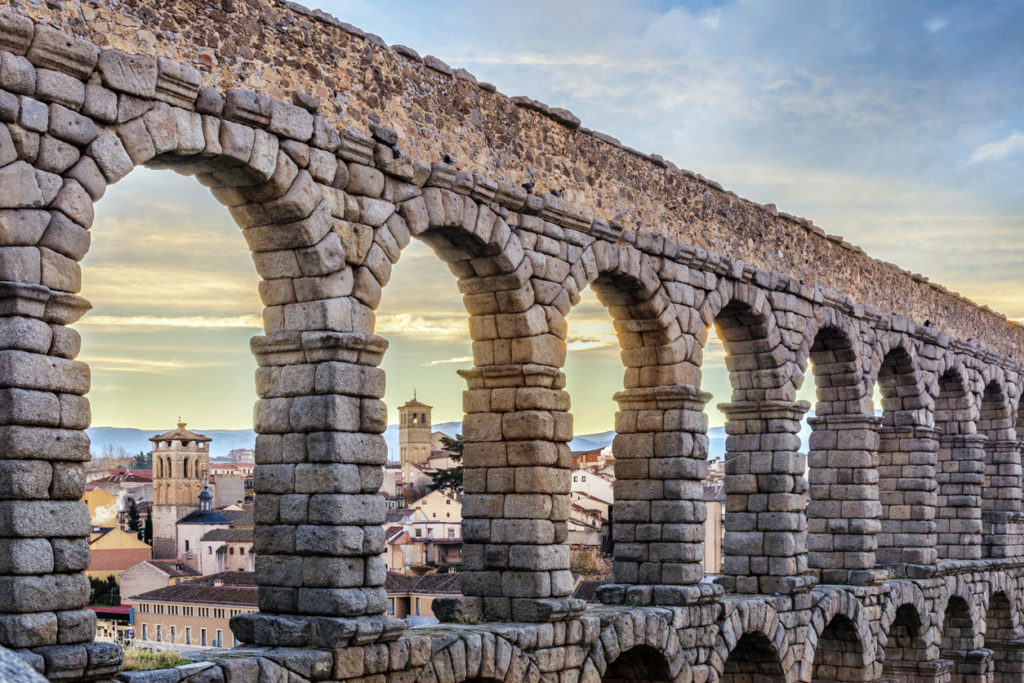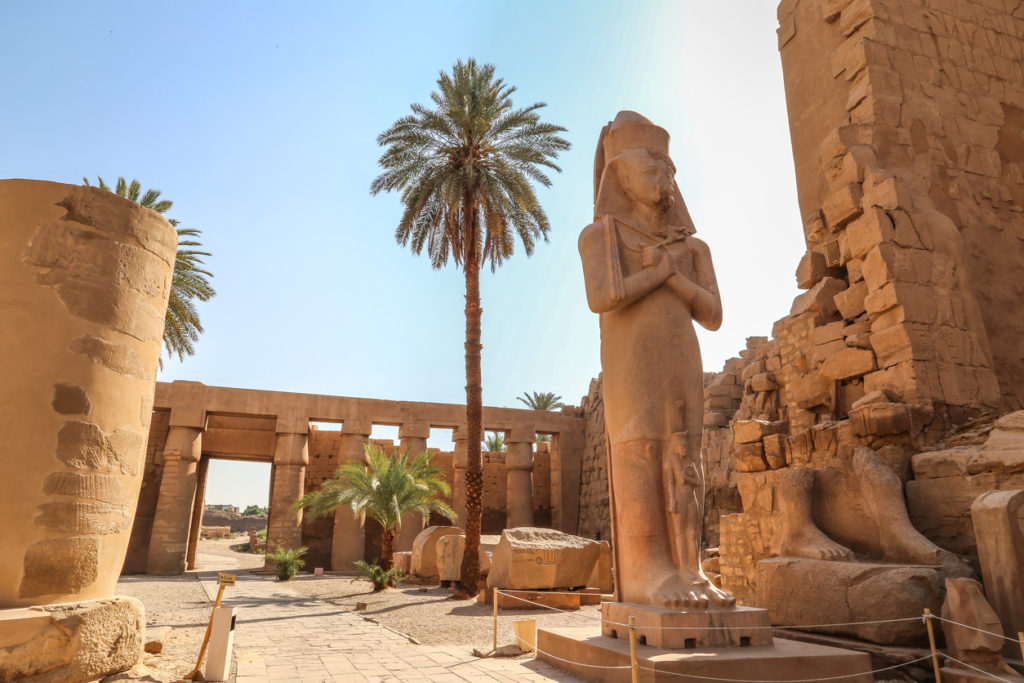
The gift of Nile, Egypt is and always will be an intriguing destination with a touch of mystery. The land of pharaohs five thousand years ago, this complicated but fascinating North African country often finds itself on the maps of many travelers. They come here to discover its ancient past and marvelous treasures, most of them situated in the fertile Nile Valley. Because without Nile’s blessings there would have never been a country such fertile and rich as Ancient Egypt. The Nile stretches almost 4,160 miles, from Uganda to Egypt, and holds the title for the longest river in the world.
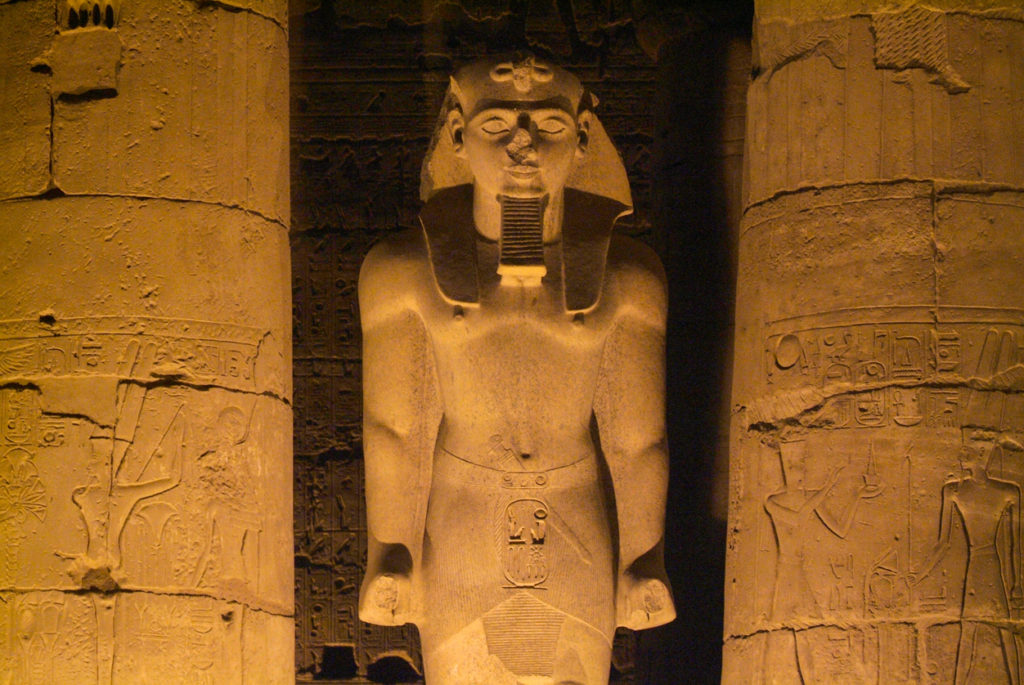
One can say there are two Egypts – the Egypt of the Nile with temples, tombs, pyramids, river cruises, mystical Sphinxes and medieval bazaars, and the Egypt of the Red Sea, with luxurious all-inclusive resorts and world-class diving and snorkeling.
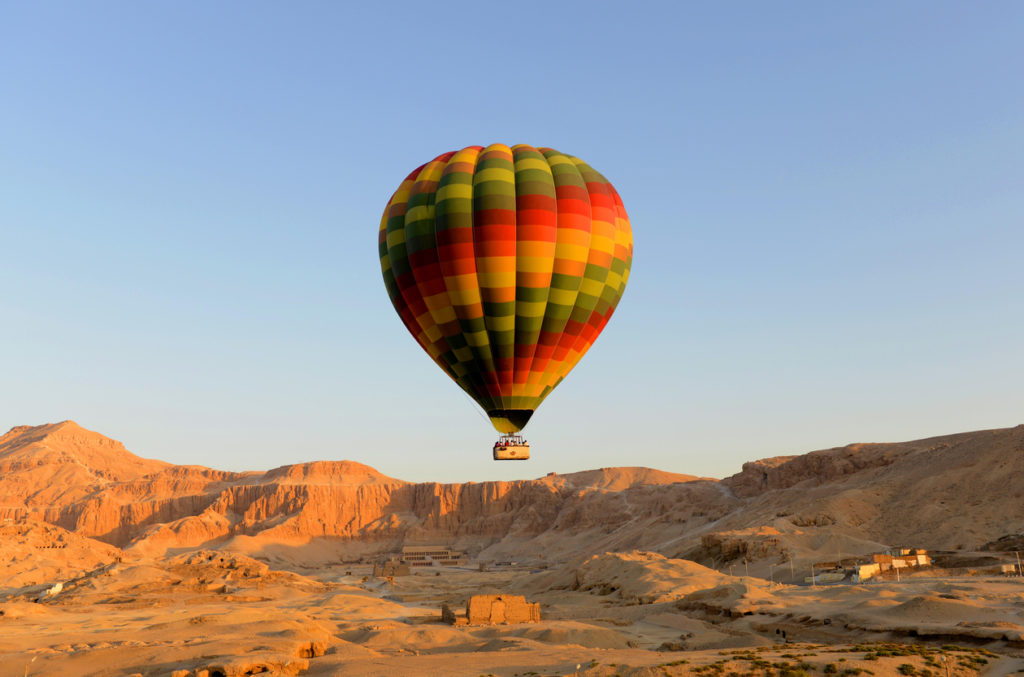
Ancient Egypt’s grandeur has been contoured in the fecund Nile Valley by talented and hardworking people. Almost every town in this valley has as foundation layers of previous settlements, such as pharaonic, Ptolemaic, Roman, and Coptic. Many years of excavations have brought to surface outstanding ancient treasures that create the greatest open-air museum in the world. From thousands of ancient tombs to splendid temples and majestic pyramids, the monuments in the Nile Valley are incomparable and unparalleled.
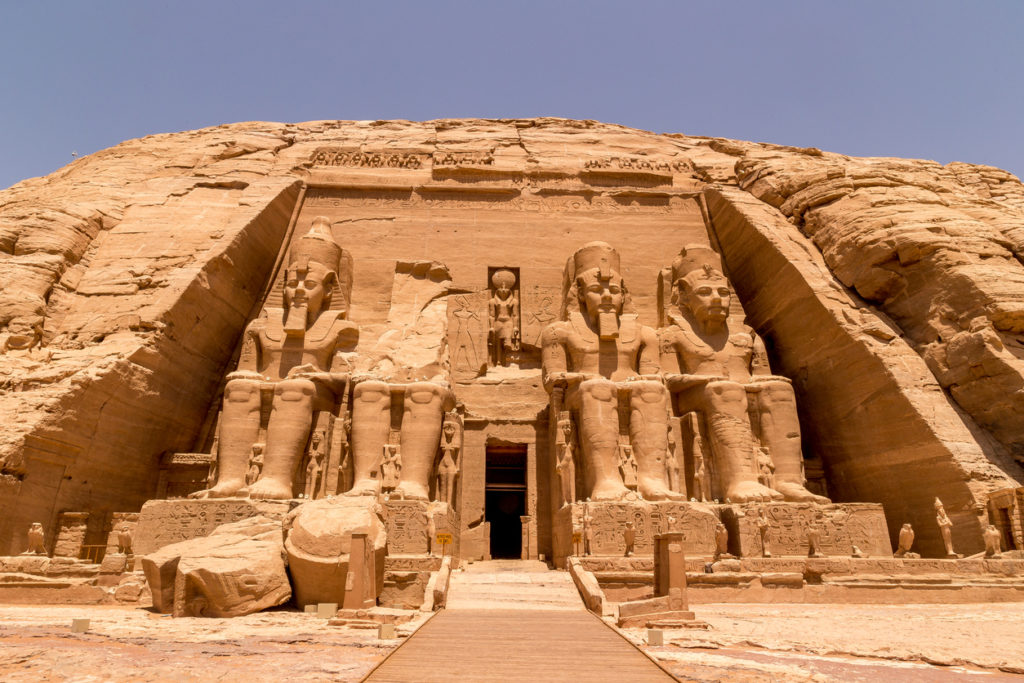
Journeys of exploration from Aswan
A tour of the Nile Valley includes stops in Upper Egypt, home to the most impressive concentration of ancient monuments. This is where temples, tombs, and palaces dating back to the Middle Kingdom (c. 2050 BC) to Roman and Byzantine times await. The superstars of this fabulous ancient display of wonders are the temples of Abydos, Dendera, Esna, Philae, and Abu Simbel.
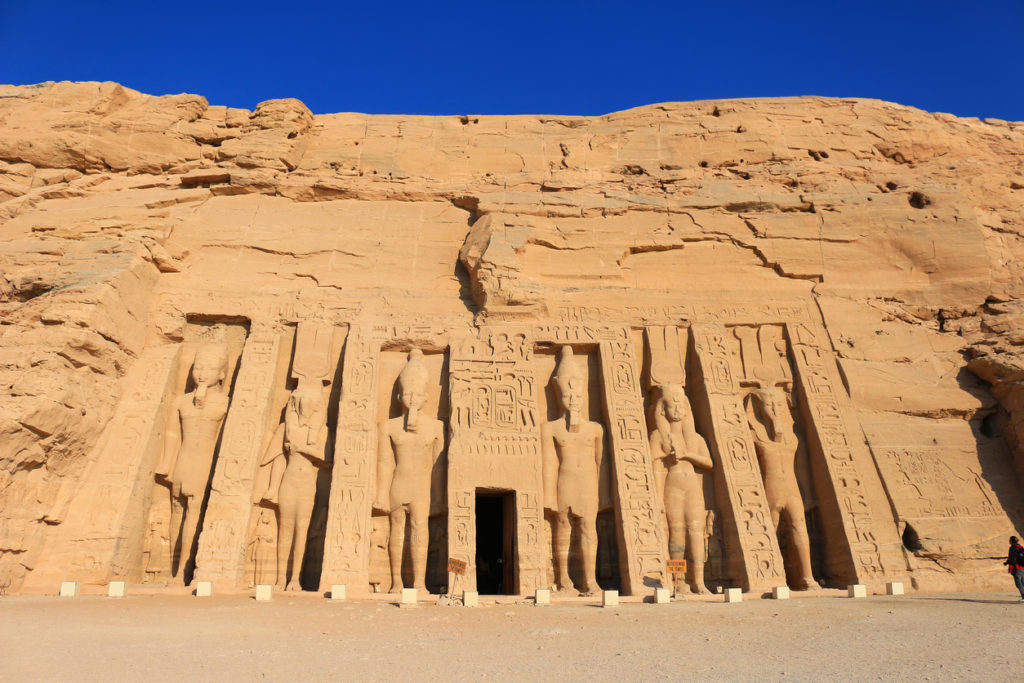
Aswan is home to numerous ancient monuments living in harmony with modern buildings. Situated on the eastern bank of the Nile, the city is a wonderful base for excursions to the temples of Kabasha and Philae, as well as to the Sun Temple II at Abu Simbel. From here, you can also visit the Daraw Camel Market and the temples of Kom Ombo and Edfu. The best way to get to the temples is by felucca on the river, the journey familiarizing travelers with the Nile’s moods and scenery. From Aswan, you can also get to the fantastic Elephantine Island and Elnabatat’s Island.
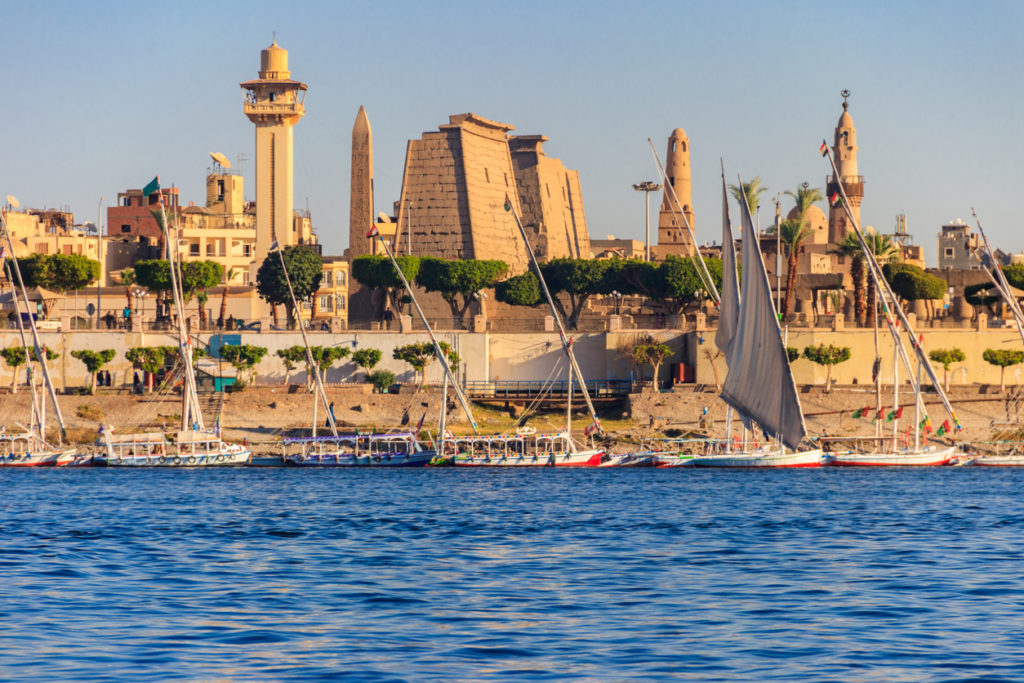
The fantastic universe of Luxor
Many travelers choose as their base the famous Luxor, the gateway to the even more famous Valley of the Kings, where Tutankhamun’s tomb awaits. However, this resting place will suddenly lose some of its glory once you’ll get to visit the phenomenal resting places of the great pharaohs Seti I and Ramses II. The mortuary temple of Ramses II is the glorious Abu Simbel cut out of sandstone cliffs more than 3,000 years ago. The complex includes two temples, the Temple of Ramses II and the Temple of Hathor (the Sun Good), guarded by four colossal statues.
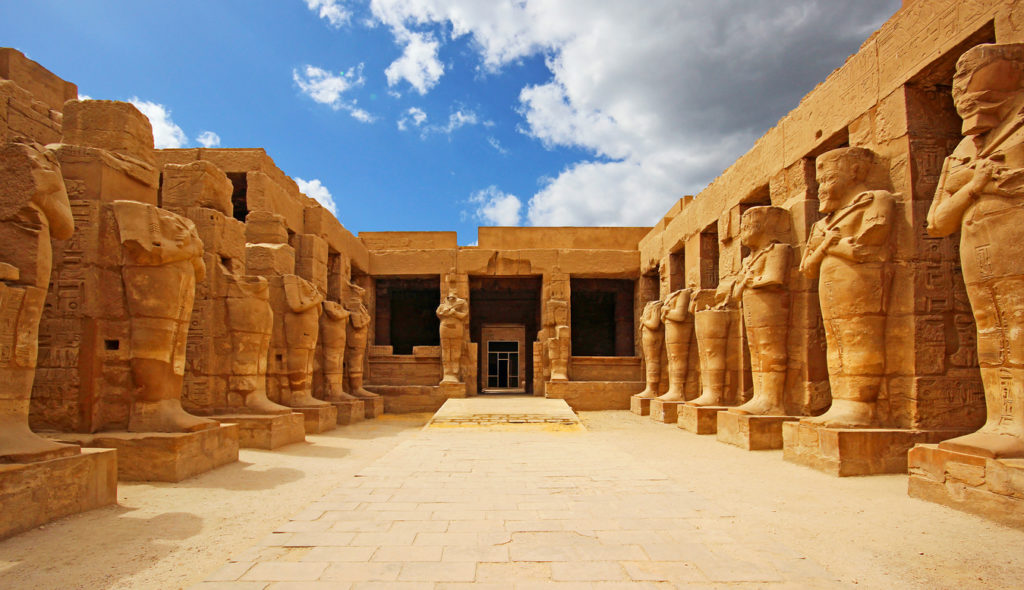
Luxor has been attracting tourists since the nineteenth century when Nile steamers brought curious travelers to discover the remains of Thebes, the New Kingdom’s capital, and the impressive, lotus-columned Luxor Temple that adorns the waterfront and creates a spectacular painting when lit up at night.
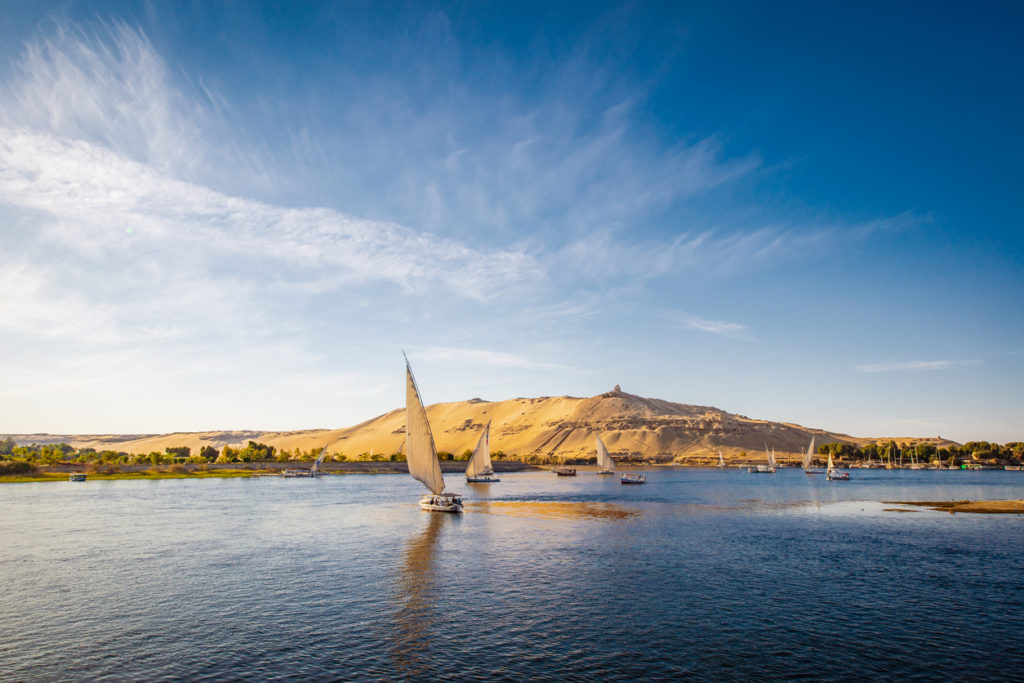
Just a mile away awaits the superb Karnak Temple, home to dramatic statues and obelisks. The temple has been built over a period of 1,300 years and is a true architectural wonder. It houses the spectacular Hypostyle Hall, dominated by gargantuan stone pillars and engraved and painted inscriptions that date back to the 12th Dynasty. The Temple of Medinat Habu is the mortuary temple of Ramses III, an incredible structure almost as large as Karnak Temple. The temple is worthy of your time especially due to its beautifully-preserved wall carvings and remarkable vivid colors that adorn the ceilings, walls, and columns.

Valley of the Kings, the gateway to the afterlife
The famous Valley of the Kings awaits on the west bank of the Nile, just a short bus, ferry or taxi ride from Luxor. While the majestic and mysterious Pyramids of Giza have conquered the skyline and the imagination of many, these are not the only tombs to be discovered in the Valley of the Kings. The site is home to a large network of underground tombs dating from the 16th to 11th centuries B.C., a splendid example of the Egyptians’ architectural ingenuity. The atmosphere is awe-inspiring, while the dramatic descents, passages, and chamber walls, dressed in spectacular murals, create a fascinating and mysterious underground world.
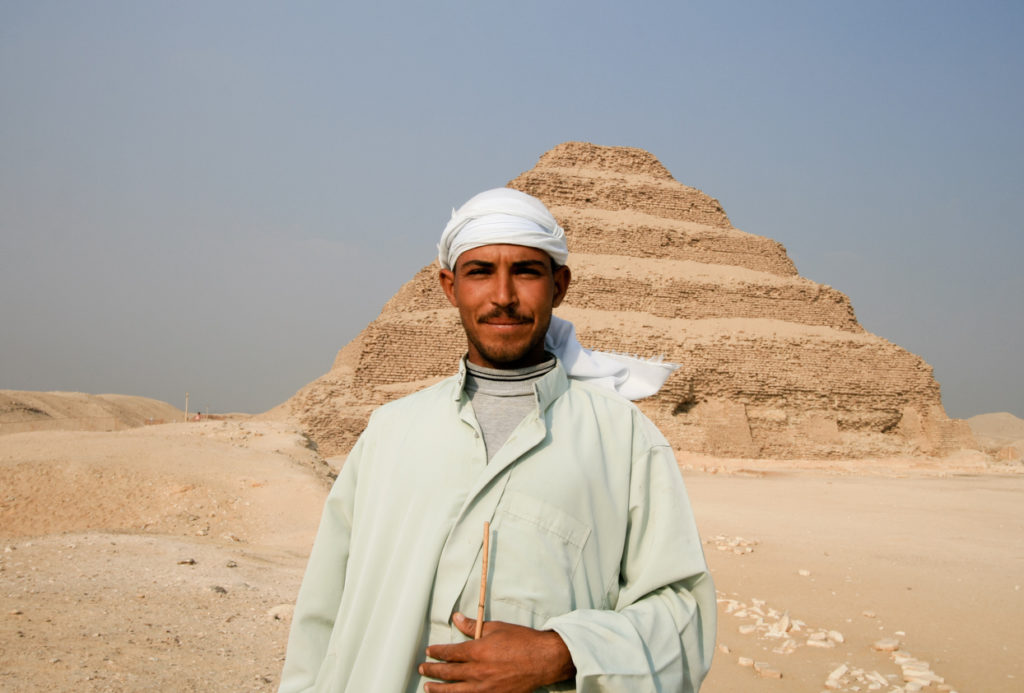
Travelers who want to get a better insight into Ancient Egypt’s history often stop at the Nubia Museum in Aswan, home to the impressive Nubian culture and history, and the Luxor Museum that displays a superb collection of artefacts gathered from the Nile Valley.
If you enjoyed this article you may also like: https://www.purevacations.com/visit-ancient-peru/







